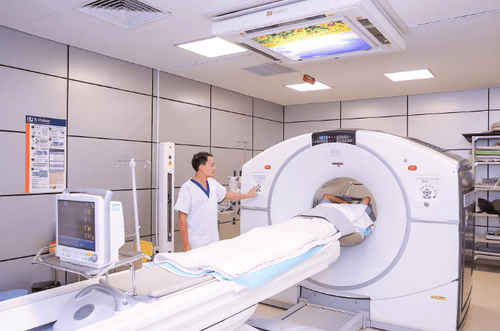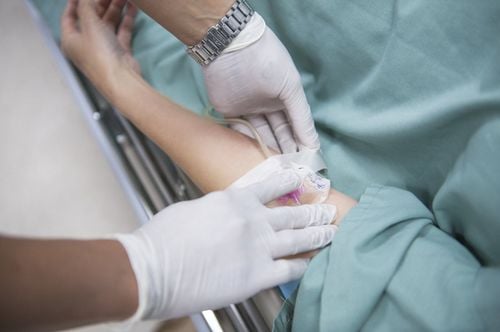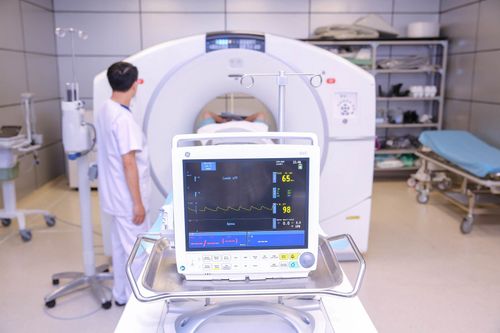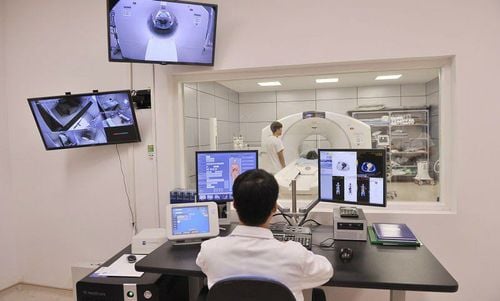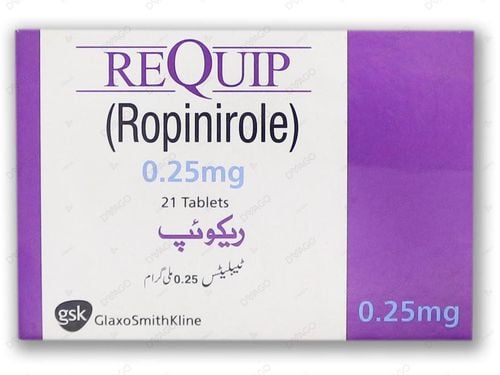This is an automatically translated article.
The article was professionally consulted with Master - Doctor Huynh An Thien - Department of Medical Examination and Internal Medicine, Vinmec Da Nang International General Hospital.1. What is Parkinson's disease?
Parkinson's disease, also known as tremor paralysis - this is a progressive disorder of the nervous system that affects movement of the whole body. It usually begins with a barely noticeable tremor like a very slight tremor in one hand and develops gradually.Vibration may be the most typical manifestation of Parkinson's disease, however, the disease also often causes stiffness or slow, difficult movement. An English doctor, living in London, named James Parkinson first described Parkinson's disease in 1912. From then on, people often called the disease after him.
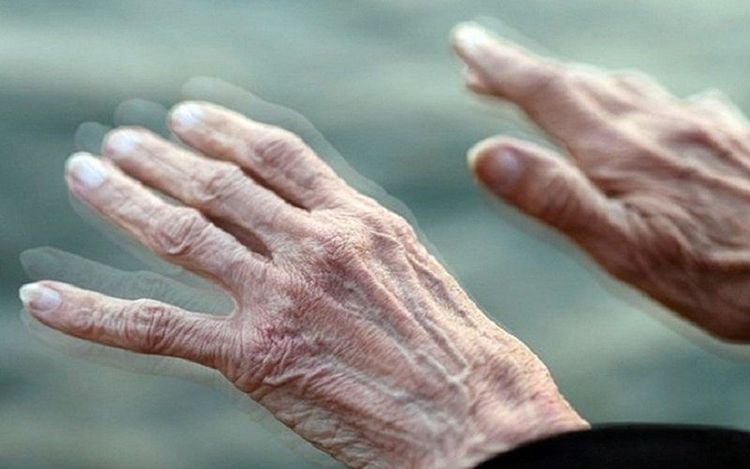
2. The role of PET Scan for patients with Parkinson's disease
A PET scan is done by injecting a small amount of a radioactive substance called a tracer into a vein in the patient's arm. This tracer emits small positively charged particles (positrons) that interact with negatively charged particles called electrons in the body. PET Scan can detect the activity of this interaction and use it to generate images. This process allows the doctor to look at an organ in the body from all angles and spot potential problems.For patients with Parkinson's disease (PD), PET Scan is used to evaluate the activity and function of brain regions involved in mobility. However, your doctor may order a PET scan for a variety of reasons. In addition to potential problems in the brain and spinal cord, the test is also used to diagnose cardiovascular problems as well as certain types of cancer, including breast cancer, brain cancer, lung cancer, and lung cancer. colon cancer , prostate cancer and lymphoma .
3. What to prepare before doing PET Scan
Before undergoing a PET procedure, your doctor needs to know all of the medications you are taking, including any herbs, if any. In addition, you need to tell your doctor if you are pregnant or suspect that you are pregnant, because PET Scan can harm an unborn baby.Before the procedure, you will be asked to take off your clothes on the body part to be examined. Depending on the area of your body to be examined, you may be asked to completely undress and put on a hospital gown. Your doctor will also ask you to remove any dentures, jewelry, or metal objects during the scan, as these can affect the accuracy of the test.

4. How is PET Scan done?
The PET Scan procedure usually lasts between 45 and 60 minutes. You will first receive a small amount of radioactive material injected into a vein. Then, the PET scanner, will move in a circle around you. While this is happening, the scanner will record images of patterns left by the tracer inside your body.After the PET Scan is done, your doctor will ask you to drink lots of water over the next few days to remove or flush the tracer from your body.
5. Is PET Scan risky?
Patients will be injected with a small amount of radioactive drug 18F-FDG into the body before conducting PET Scan.Therefore, the risk when performing PET Scan is that the patient is exposed to a certain amount of radiation during the scan.
However, in practice, the risks from radiation are very low compared to the benefits that PET Scan offers because it uses only a small dose of radiation.
With such a low dose of radiation, after more than 5 decades of using radiopharmaceuticals in nuclear medicine, no long-term side effects from radiation exposure have been recorded.
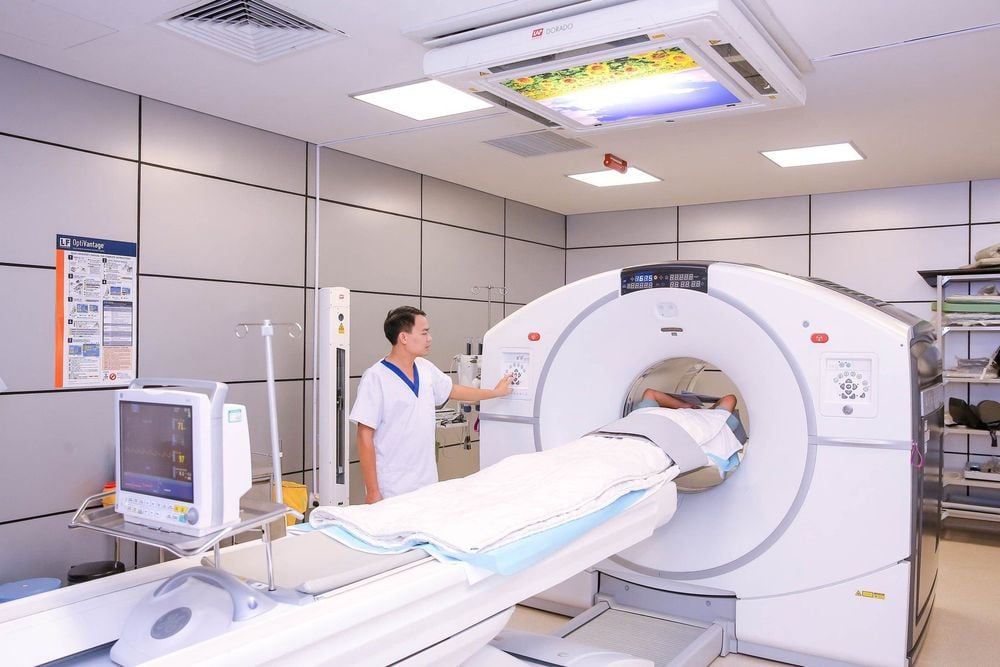
It is possible to be allergic to radiopharmaceuticals, but this case is very rare. Patients may experience pain or redness at the injection site, but this should go away quickly. Caution should be exercised when performing PET Scan on women who are pregnant, intend to become pregnant or are breastfeeding. Because radiation is part of a PET scan, there's always a small risk that cells or tissues may have been damaged after the procedure. However, the level of radiation from the tracer sent throughout the body is very low.
Currently, PET Scan is more widely used and popular than similar tests available. Test results after a PET Scan are usually given within one to two days of the procedure.
Currently, Vinmec International General Hospital has become a leading prestigious address in disease screening with modern techniques, proud to be the first private hospital in Vietnam to deploy this technique. Modern and accurate diagnosis with the most modern 128-sequence PET/CT system in Southeast Asia, for accurate images and short imaging time, the team of doctors are leading experts with high expertise and rich experience. Experience creates trust for customers when experiencing medical examination and treatment services at Vinmec.
Please dial HOTLINE for more information or register for an appointment HERE. Download MyVinmec app to make appointments faster and to manage your bookings easily.
Reference source: webmd.com





